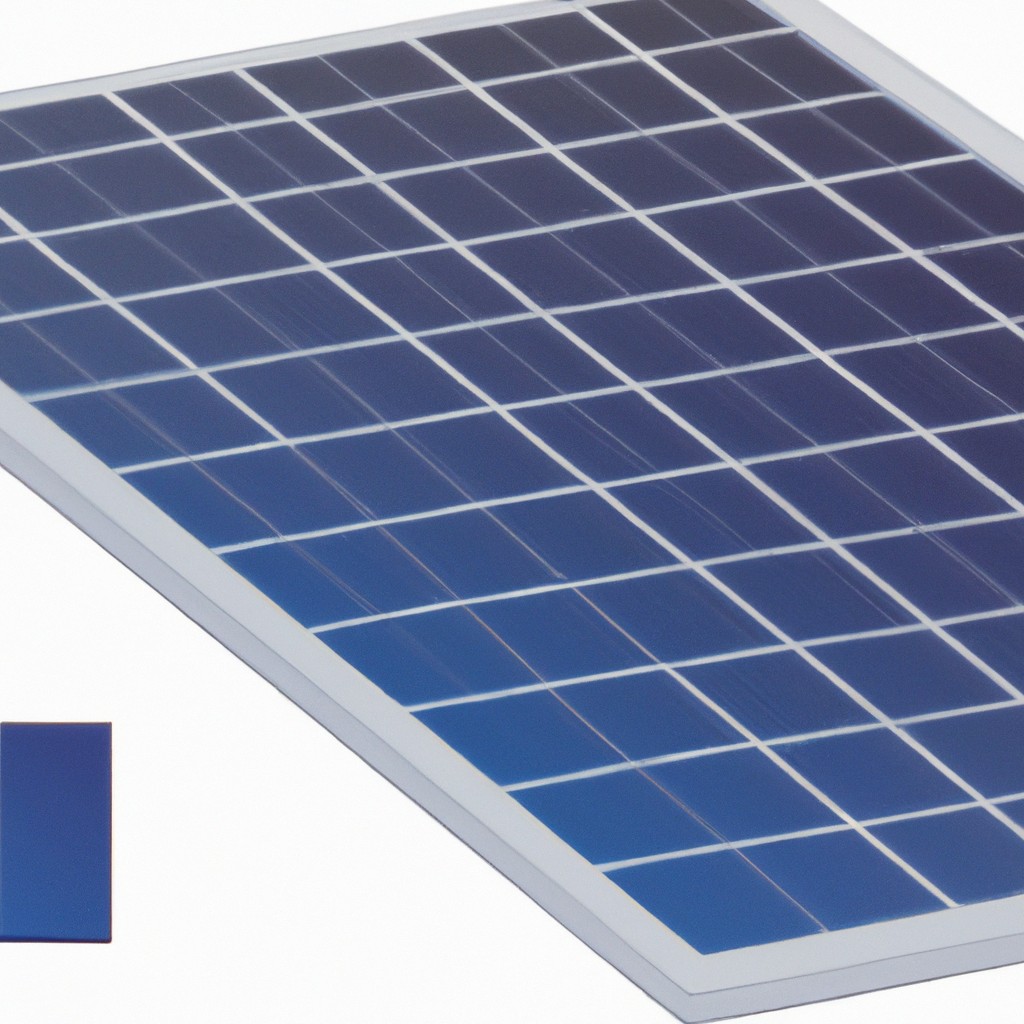Solar panels on satellites play a vital role in power generation, ensuring these spacecraft have the energy they need to function and communicate with Earth.
Key takeaways:
- Solar panels on satellites generate power for spacecraft function.
- Photovoltaic cells convert sunlight into electricity for various systems.
- Excess energy is stored to provide power during shadow periods.
- Reliable solar energy extends lifespan and ensures consistent power levels.
- Challenges like ionizing radiation are mitigated through specialized designs.
Energy Generation for Satellites

Satellites harness sunlight using photovoltaic cells, converting light into electricity to power systems and communication equipment. This energy is crucial since satellites operate beyond the reach of Earth-based power sources.
Solar arrays on satellites are often sizable to capture enough light, given the weaker intensity at high altitudes. The electricity generated supports various functions, from scientific instruments to navigation systems, ensuring the satellite fulfills its mission.
Excess energy is stored in batteries to provide a continuous power supply during the Earth’s shadow periods when the satellite is not exposed to sunlight. The efficiency of these cells is paramount, as it directly influences the satellite’s operational lifespan and capabilities.
Powering Onboard Instruments
Satellites come equipped with a variety of instruments that serve different functions based on their mission. These can range from cameras for Earth observation to communication devices, sensors for scientific measurements, and navigation systems. Each instrument requires a reliable source of power to operate effectively in the vacuum of space.
Solar panels convert sunlight directly into electrical energy, which is then used to keep these tools operational. The energy is either used immediately or stored in batteries for when the satellite passes through the Earth’s shadow. Photovoltaic cells within the panels must be efficient and durable to withstand the rigors of space while providing a consistent power supply.
Instruments benefit from the clean and renewable energy provided by solar panels, minimizing the need for nuclear or chemical power sources that could pose operational risks or increase satellite weight. Efficient solar power use ensures that these critical instruments can perform their data collection and transmission tasks without interruption over long periods, typically over several years.
Longevity and Reliability in Space
Satellites equipped with solar panels benefit from a virtually limitless power source, the Sun, which significantly enhances their operational lifespan. Unlike batteries that provide finite energy reserves, solar panels continually recharge, ensuring satellites remain functional for years, sometimes even decades. Moreover, the technology behind these panels has advanced, leading to increased efficiency and reduced degradation from exposure to harsh cosmic conditions. These improvements help maintain consistent power levels, which is critical for sustaining the essential functions of a satellite, such as communication and data collection.
Furthermore, the reliability of solar energy in space is paramount for autonomous operations. Given the impracticality of repair missions for orbiting satellites, the solar panels are designed to withstand micrometeoroids and extreme temperature changes, with minimal wear and tear. Redundancy is often built into the systems, ensuring that if part of a panel becomes damaged, the satellite can continue to operate without significant loss of capability.
In summary, the incorporation of solar panels is essential for maintaining long-term, reliable energy sources for satellites, enabling a broad array of space missions and minimizing the risk of power-related failures.
Challenges: Ionizing Radiation Issues and Mitigation
Satellites in space are constantly bombarded by ionizing radiation, which can significantly degrade solar panel performance. This radiation originates from solar flares and cosmic rays, and can damage the semiconductor materials in solar cells, leading to a phenomenon known as radiation-induced degradation.
To mitigate these effects, engineers use specialized materials and designs. For instance, they incorporate solar cells with higher radiation tolerance, such as those made from gallium arsenide, which perform better than the more common silicon-based cells under harsh space conditions.
Additionally, satellite solar panels may employ protective shielding and layers that reflect or absorb harmful radiation. Another strategy is redundancy; by installing more solar cells than the minimum required, satellites ensure continued operation even if some cells are damaged.
On the design front, the orientation of the solar panels can be actively controlled to minimize exposure during periods of intense radiation. This approach requires precise sensors and actuators to adjust the panel angles as needed.
Finally, ongoing monitoring and the ability to remotely adjust the satellite’s power systems help operators manage the impacts of radiation over time. This proactive maintenance can extend the operational life of both the panels and the satellite itself.
Future Uses of Satellite Solar Panels
Advancements in photovoltaic technology promise to expand the role of solar panels in future satellite missions. As efficiency improves, solar panels are expected to support more powerful instruments and complex missions, including:
- Deep Space Exploration: Solar panels designed for high radiation tolerance can sustain satellites traveling beyond Earth’s orbit, propelling missions to Mars and the outer planets.
- Space-based Solar Power (SSP) Systems: These systems aim to collect solar power in space and wirelessly transmit it to Earth, offering a continuous energy source unaffected by atmospheric conditions.
- Smaller Satellites: Enhanced solar panel efficiency will enable CubeSats and other small satellites to undertake more ambitious tasks, previously reserved for larger spacecraft.
- Flexible Solar Arrays: Innovative materials may allow for deployable, flexible solar panels that can cover larger areas without significantly increasing weight, thus harvesting more energy.
- Satellite Servicing: Solar-powered servicers could repair, refuel, or upgrade existing satellites, extending their lifespans and reducing space debris.
These prospects highlight solar power’s pivotal role in expanding our capabilities and sustainability in space exploration.




